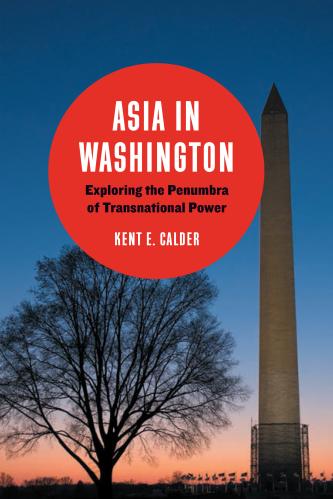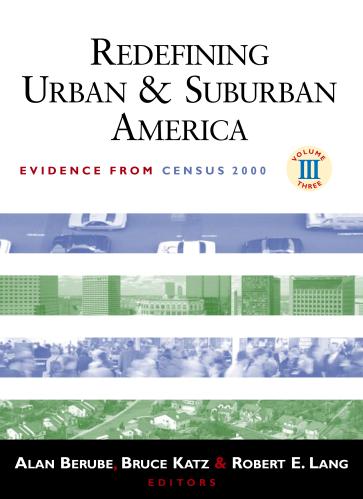Neither fully urban nor completely suburban, America’s older, inner-ring, “first” suburbs have a unique set of challenges—such as concentrations of elderly and immigrant populations as well as outmoded housing and commercial buildings—very different from those of the center city and fast growing newer places. Yet first suburbs exist in a policy blindspot with little in the way of state or federal tools to help them adapt to their new realities and secure a role as competitive and quality communities. This paper defines first suburbs throughout the nation, examines their similarities and differences, and, finally, sets out a policy agenda tailored specifically to these distinctive places.
Also, on February 16, first suburbs report author Robert Puentes participated in the inaugural web chat of the National City Network, a recently launched service of National League of Cities, discussing his work.
• access the webchat archives
• View the One Fifth of America, A Comprehensive Guide to America’s First Suburbs DATA REPORT
<!–
Resources for Policymakers and Citizens
- General Reading
- by Specific Regions
- Housing Idea Guides
- Coalitions and Organizations
- Community Development Corporations
- Front-Line Insights: First Suburban Leaders on their Challenges, and Solutions
–>
The Brookings Institution is committed to quality, independence, and impact.
We are supported by a diverse array of funders. In line with our values and policies, each Brookings publication represents the sole views of its author(s).







